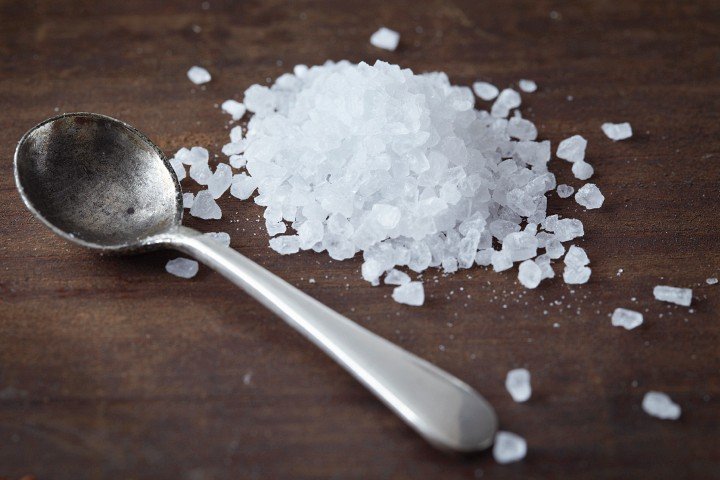The use of salt in cooking is essential. Many dishes will be flavourless if salt is missing, and consequently it plays a huge on how a meal finally turns out. There are many varieties of salt that you should be familiar with if you like to cook. Each of them offer different possibilities and each are perfect for a different dish. Here are a few types you will be working with:
Table salt: this is the most common all around the world. You’ll find it in saltshakers and it’s more ‘salty’ than others. It’s usually artificially iodised because the refining process many minerals are lost.
Kosher salt: it’s big and flaky and it does a great job at koshering, which is the process of removing the residual blood from meats before cooking them as prescribed by Jewish dietary laws. It’s quite a good all-purpose salt and quite popular too.
Sea salt: it has a lot more minerals than table salt since it’s a non-refined salt and has no other treatment. It comes directly for seawater and it can be found fine and coarsely ground.
Gros sel: a type of sea salt used to season meats and fishes. If you want fresh grinded salt keep it in a salt grinder. The jagged edges of the crystals make it difficult to readily melt.
Sel Gris (Celtic Salt, Grey salt): this is a form of sea salt, however its price is way above the average. Harvested via a millenary method of solar evaporation in the coasts of Brittany in France, this is a coveted seasoning.
Fleur de sel: harvested from the salt marshes of Guérande, Brittany, this is also another expensive sea salt. Its name literally meaning ‘the flower of salt’ this salt is hand-harvested at the exact right moment to allow the crystals in the shape of a flower to form. Its crystalline texture melts slowly in the mouth, use it as a special-occasion table salt.
Himalayan salt: this salt is mined from ancient salt deposits in Pakistan. It’s rich in minerals and is believed to be one of the purest salts. It’s colour ranges from white to pink and red. Price is also above average.

